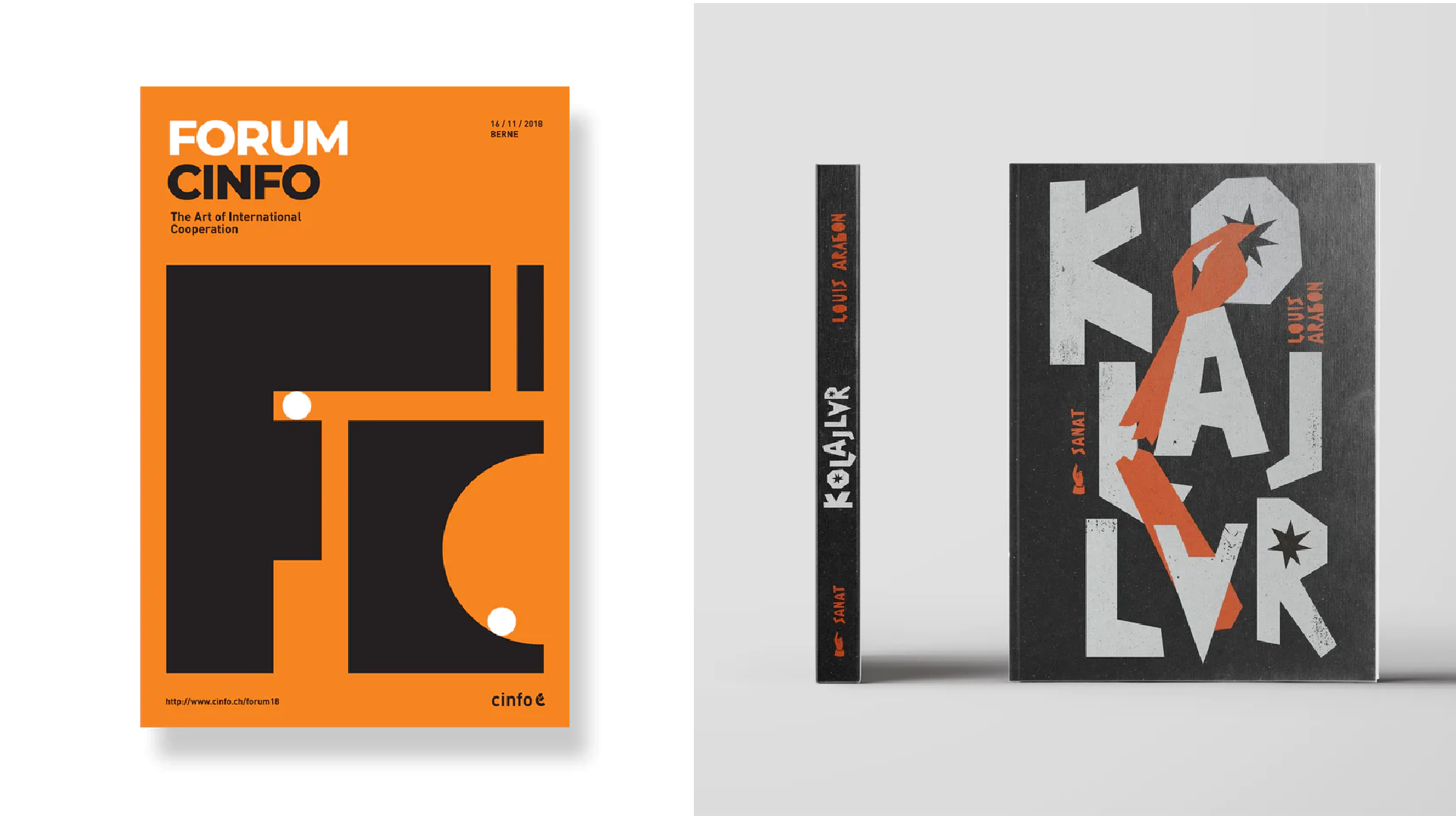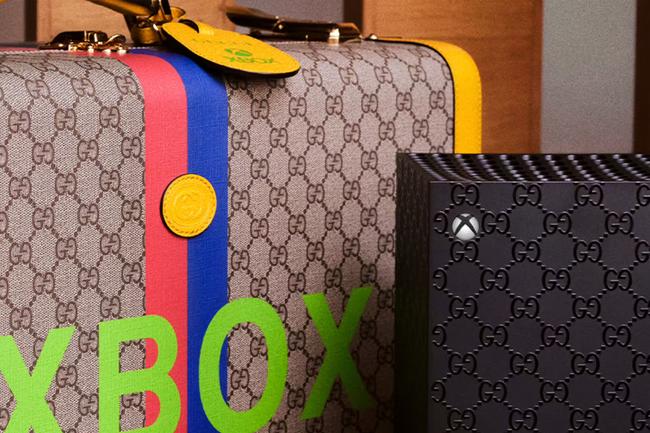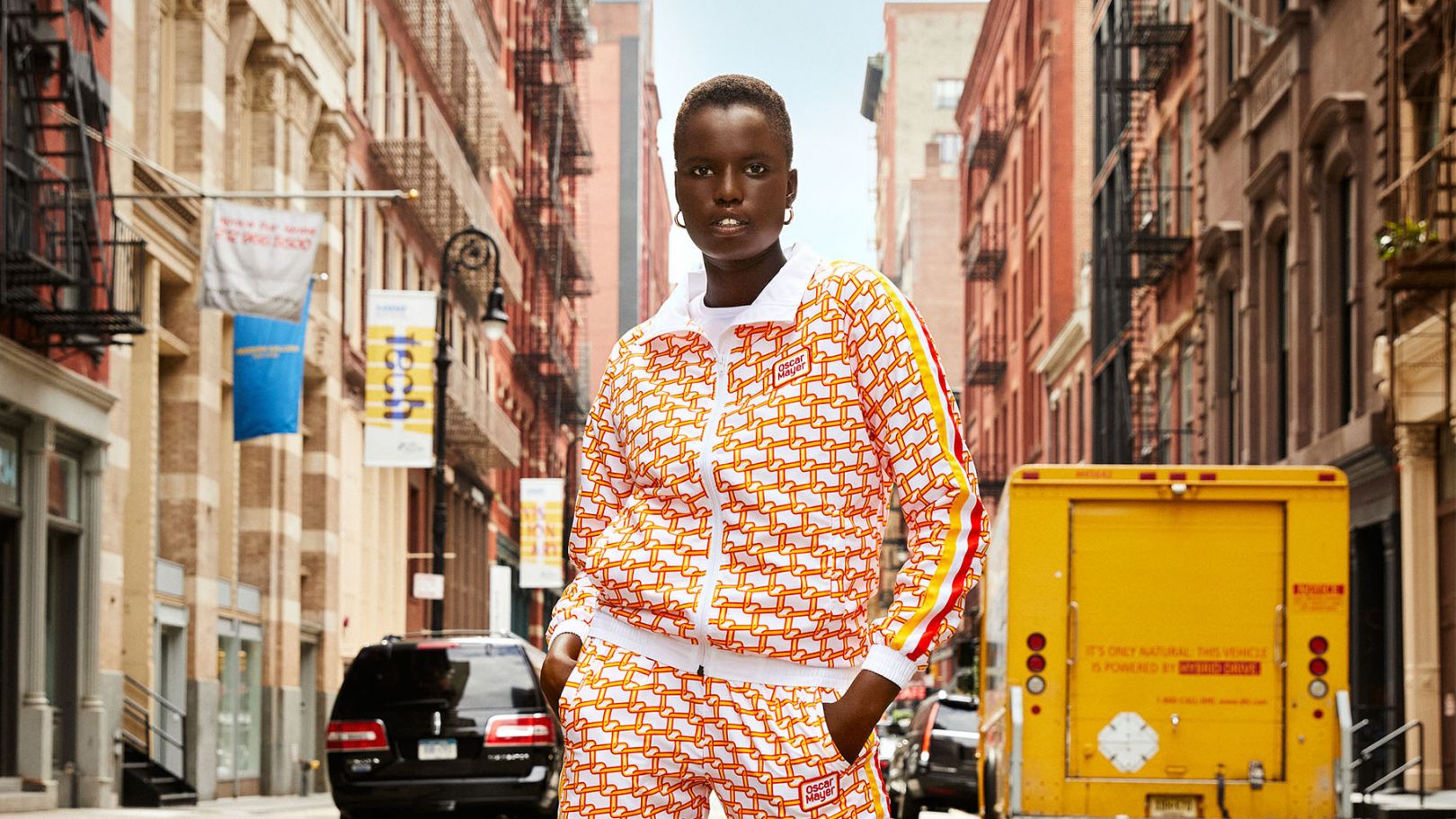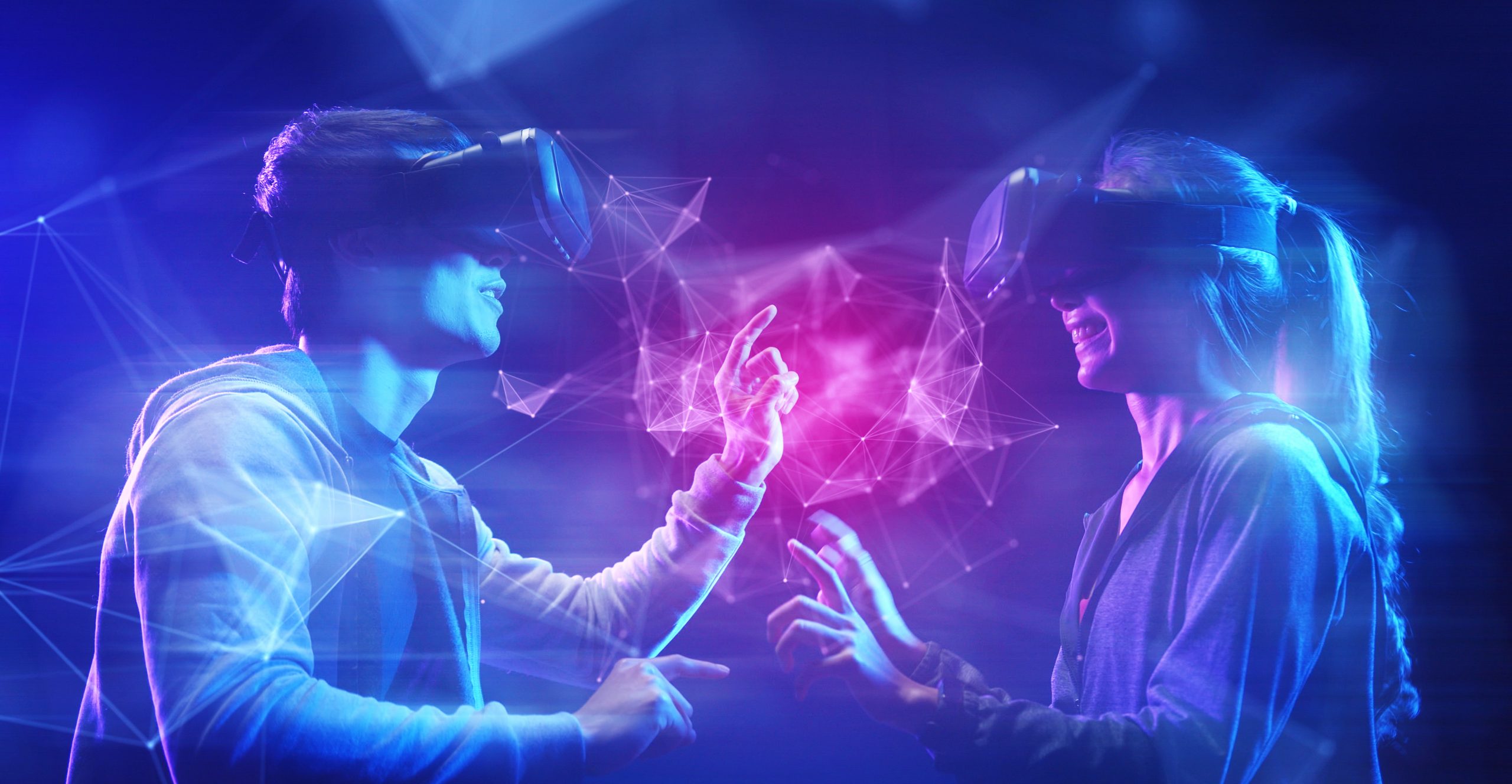Five Design Trends to Look for in 2022
What makes a design trend happen? Of course, there’s the ~20-year pop culture cycle, where trends—from fashion to interiors to graphic design—rejuvenate themselves every 20 to 30 years based on generational changes and nostalgia. However, the current state of the world and how we experience it also has a major influence on the styles, colors, and patterns that resonate with people.
As Envato points out, “think about the spread of Art Deco in the post-war period of the roaring twenties; its luxury and exuberance perfectly reflected the societal atmosphere of the period. It happened at the right time and affected the right people, gaining mass appeal across the classes.”
In 2022, as we begin to transition out of the chaos and uncertainty of pandemic life, what does this mean for design trends? Here’s a round-up of five trends we see making an impact this year.
1. Eco Design: An Imperative for Our World
Sustainability and environmental responsibility are (rightfully so) a critical focus as we strive to protect the globe and mitigate negative environmental impacts. And the design world is fully embracing it.
“Consumers can now spot greenwashing from a mile away, so brands are having to do more than use the color green to show they’re putting the planet first,” says Matthew Gilpin, design director at Free the Birds. “The challenge will be for designers and packaging technologists to choose materials and finishes that are sustainable, recyclable, and have the lowest carbon impact possible to meet consumer expectations, brand ethos, and environmental standards—while still creating a strong visual impact.”
The packaging for Liz Earle Beauty’s 2021 Christmas gift collection highlights the products’ natural ingredients through botanical illustrations that are evocative of the whimsy of winter and the gift of nature. Design by Free the Birds; more info from Dieline here.
Envato Tuts+ echoes this, saying that “2022’s eco-themed designs will demonstrate more innovative strategies for presenting ideas about sustainability, climate change, and environmental preservation. We can expect to see a more stylish take on environmental themes in the year ahead, with minimal icons, unexpected color palettes, and background textures that make a nod to eco sustainability. Packaging and brand identities will feel cleaner and more honest in style, with less artificiality.”
2. Inclusive Design: Turning a Movement into the Norm
So much more than a trend, there’s a critically important movement to make inclusive design the norm—not just an effort. What is inclusive design? Microsoft defines it as “a methodology, born out of digital environments, that enables and draws on the full range of human diversity.”
More than that, Design Modo points out that inclusivity extends to race, gender neutrality, culture, accessibility, and ability. Your marketing communications and advertising should be put together in such a way that anyone who wants to can access the content, and that they can see people they relate to in those materials. The article goes on to say, “The fine line here is that you don’t need to be over the top with images and language that screams ‘WE ARE INCLUSIVE.’ …Showing is more important than telling, and being true and authentic is more important than forcing it.”
So, why is inclusive design so important? In this article from Global Disability Innovation Hub, Iain McKinnon writes, “Inclusive design can help all human beings experience the world around them in a fair and equal way. Ultimately, inclusive design is about people. [It’s] good design that anticipates the widest range of end-user needs.”
When asked for the business case for inclusive design, Iain says, “The answer is simple. Why would any business want to exclude potential customers?” Point taken. So from both a socially responsible and financial standpoint, inclusive design is the right thing to do—and it certainly appears to be here to stay.
Spotify’s 2021 Culture Report takes a look at how Gen Z and millennials are driving a more inclusive and connected cultural landscape (download here).
3. Expressive & Experimental Typography: Helping Us Feel Good Again
After the past two years of isolation, 2022 looks to be the year of exploration and self-expression. From illustrated typefaces to not-so-legible combinations of letter styles and shapes, today’s emerging typefaces are expressive and abstract—rebellious, but still intentional.
The Designest perfectly writes, “Here we once again deal with wrecking the entrenched canonic views on graphic design, liberating designers to embark on the next successful typographic penning. Combine the formidable letters with 3D, glass, or Art Deco and typographic solutions from the 90s to achieve the maximum trendiness, as there’s nothing to stop you from conquering new artistic peaks.”
Vasava Studio created a shape shifting identity for Spain Fashion that can live naturally in different formats. Because the letters randomly change for symbols, typography was a key element. The combination of a neutral Grotesque Sans Serif and a handmade calligraphic script results in an aggressive contrast that fuses tradition and avant-garde.
Whether you reach those soaring peaks or not, beyond the emotional release and freedom of letting all the creative juices out, experimental typography serves a practical purpose, too—specifically, those symbols and images so radically juxtaposed with letters. (Take that, rule followers and traditionalists!)
99designs by Vista writes, “As the world becomes more global and online, we can’t always rely on words to convey meaning from culture to culture. Far from being a setback, this is as an opportunity. For 2022, we expect lettering that pushes the bounds of easy legibility, creating forms that are expressive in and of themselves.”
So could this seemingly boundless trend be here to stay? 99designs by Vista designer adamk. thinks so: “Thanks to the ever-increasing visual smog in our surroundings and streets, the path of purity in design and aesthetics is the right way. A game with typography in a sensitive combination with playful elements and fresh colors [is] the future.”
Poster design to the right by A&V on 99designs by Vista and Book cover design to the left by AysegulDere on 99designs by Vista
4. Unexpected Collabs: Anything Goes
Who would have dreamed that one of the world’s most classic and iconic jewelry houses would team up with a skateboarding and streetwear brand? But it happened last year with the Supreme x Tiffany & Co. collaboration.
While they’ve been around for several years now, brand collaborations are increasing at record speed. (Here are some notable—if not puzzling—collabs that Dieline highlighted back in 2019.)
According to an article by Creative Boom, “design, branding, and fashion are all changing, and in some cases starting to merge together. Just like when Apple bought Beats by Dre, brands are finding they can partner their way into being cool; or at least being cool-adjacent.”
Gucci celebrated the Xbox’s 20th birthday by releasing a $10,000 limited edition console and a matching case for extra swag. (More info here.)
BrandOpus worked with the American food group Oscar Mayer on its recent ‘street meats’ collection, which has a 13-piece capsule collection that draws inspiration from the beloved Hotdogger uniforms. “This streetwear collection is yet another way in which the brand is bringing to life its core belief: ‘never square’—a celebration of its iconic rhomboid logo.”
Oscar Mayer streetwear by Brand Opus
5. Augmented Reality & the Metaverse: Breaking New Barriers
Before we dive in, let’s start with definitions:
- Augmented reality (AR) is an interactive experience of a real-world environment where the objects that reside in the real world are enhanced by computer-generated perceptual information, sometimes across multiple sensory modalities.
- The metaverse is a network of 3D virtual worlds focused on social connection. In futurism and science fiction, the term is often described as a hypothetical iteration of the internet as a single, universal virtual world that is facilitated by the use of virtual and augmented reality headsets.
According to Design Theory, “AR and the metaverse will inform several industrial design and product design trends for years to come. The implications of this tech are both exciting and terrifying. AR offers unprecedented functional utility and new avenues for self-expression.”
The video continues, “Design trends are a reflection of society and the events occurring in our world. We use digital tools and connect with each other virtually more than ever. Augmented reality and the metaverse [are] the next logical step in digital interaction. Regardless of whether you think this tech is good or bad, it will have a major impact on design and culture.”
This Design Theory video provides insights on how AR and the metaverse will inform design trends and the implications of this influence.The New York Times writes, “For decades, technologists have dreamed of an era when our virtual lives play as important a role as our physical realities. In theory, we would spend lots of time interacting with our friends and colleagues in virtual space. As a result, we would spend money there, too, on outfits and objects for our digital avatars.”
Continuing this marketing perspective, the Atlanta firm Marketing Eye points out that our current industry is made up of two-dimensional graphics used in our computers, TVs, and mobile screens, and the metaverse will break these graphic design boundaries. “These surface-level designs will have to be reconsidered to fit into a 360-degree dimensional the metaverse is creating for tomorrow.”
There you have it—five trends and movements to look for this year. With overlapping themes of authenticity, responsibility, usefulness, and connectivity, we’re looking forward to seeing these trends as they emerge. Better yet, we’re to embrace them in our work designs as we deliver innovative and immersive experiences and solutions to our clients.






